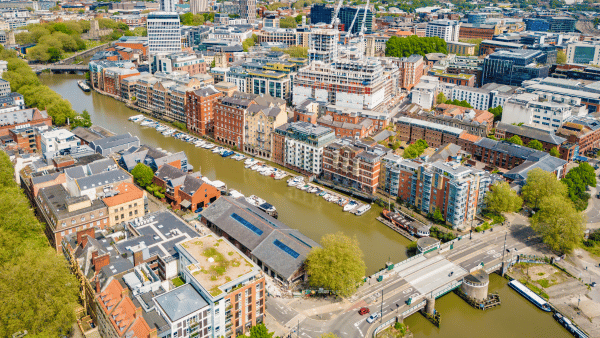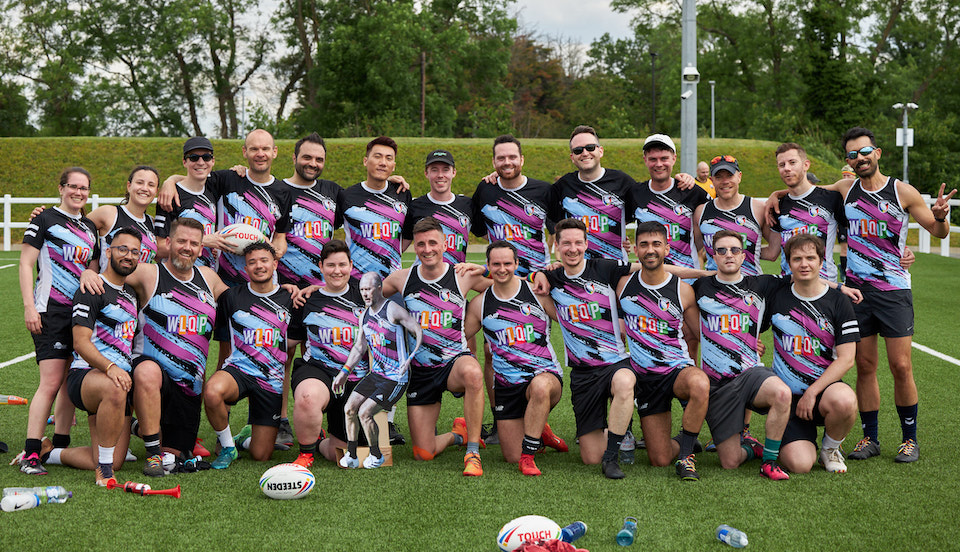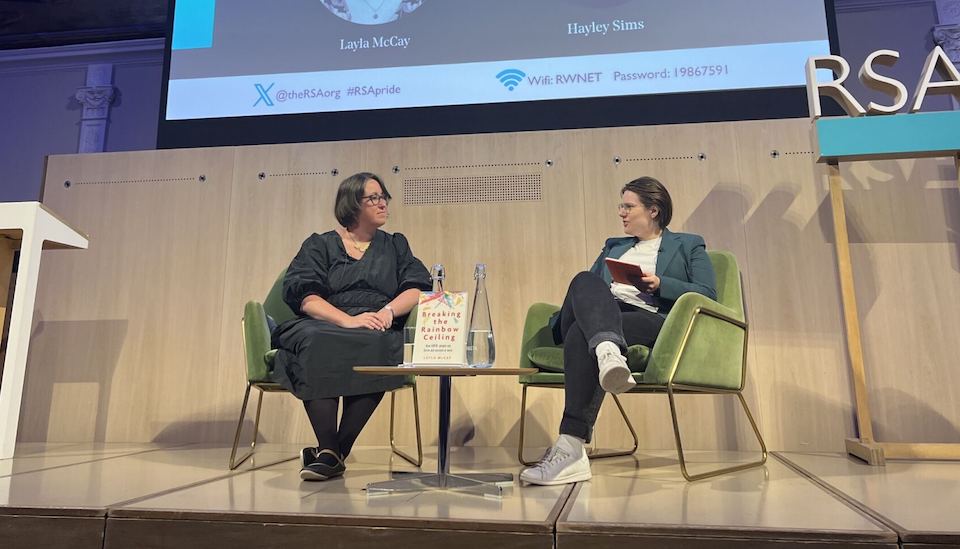It’s time for me to respond to the challenging and fascinating conversation following my posts last week about change and branding in the RSA. I have read all the comments carefully and replied to some directly. My points don’t cover everything, but these are the issues that stood out for me:
1. The branding exercise is not a superficial paint job. We have been in the process of realigning the RSA since my first Chief Executive’s speech with its emphasis on social change and citizen responsibility. The Trustees and Exec saw the development of a new account of the RSA’s role and the re-engineering of activities around that account as a precursor to any rebrand.
2. The broad outline of the RSA’s mission and operating principles has developed iteratively in a variety of fora ranging from Fellows’ meetings to blogs and Journal articles. At the core of this is the idea that the RSA is here to enable future citizenship; in other words, we think people aggregately need to be able to think and act in different ways if we are to thrive in the future.
3. Through its unusual organisational form the RSA can pursue that goal by:
• exploring different dimensions of this idea (thus the emphasis in our lectures and Journal articles on how human beings make decisions)
• experimenting with new forms of citizen engagement, empowerment and development. This is the focus for our Projects team
• enabling the Fellowship to be a powerful force for social good and civic innovation
• the House being a place of ideas, collaboration and creativity.
4. It turns out that this is easy to describe but many parts of it are much, much harder to do. The branding process, along with other strategic challenges like the development of the Fellowship Charter, is helping to surface some of these tough dilemmas. I described three last week of which the most challenging is making engagement with Fellows a powerful way to achieve social progress.
5. Fellows join for a variety for reasons and have a variety of ways of engaging. That will never change. But at heart we want the Fellowship proposition to contain three elements:
• You have been chosen as a person of achievement (which is, by the way, not the same as status or seniority). The badge of FRSA celebrates that achievement
• You are being invited to join a fascinating, powerful network of people who have at their disposal a set of resources provided by the Society (everything from the Journal to the seed corn investment fund that has been set up by RSA Scotland)
• In joining you commit to supporting the RSA’s mission, not just through your annual donation (important though this is) but by engaging with our work, and being open to collaborating with the Society and other Fellows in initiatives that further this mission
6. Redefining and renewing the idea of Fellowship is the hardest but also the most important part of this whole change process. That’s why we have been experimenting with a whole range of ways making this real, from the November 22nd 2007 event, to the City networks to the new Fellowship Council. We have come to see that the kind of shift we want to see involves challenging more traditional (hierarchical and bureaucratic) views of Fellowship, developing new capacity, and identifying content propositions (what is it that Fellows can do together to make an impact). In all of this what we need more than anything is critical true friends; people who are excited by, and committed to, a new Fellowship and can help us understand what we have to do at HQ to enable this (and who are themselves committed to being part of the process of change).
7. I am sure of two things. The RSA can become one of the most exciting and powerful third sector organisations, and to get there we still have further to climb on a steep and twisting road. In my view, the biggest barrier now is the ‘content’ challenge. We can sit and talk about the Fellowship as a force for change until the cows come home, but now we need examples of what this means in practice. Then the Fellowship as a whole will be able to see how the combination of FRSA inventiveness and commitment and RSA HQ support can turn a good idea into exciting intervention in the wider world.
I hope this helps the debate. I know not everyone agrees with what we are trying to do. Every word I have said is open to debate and challenge by the Fellowship (and indeed by the wider public). It is unusual for a Chief Executive to talk so openly about organisational challenges but I see this as being in small part a token of the way we want to work. Finally, once again, I am incredibly heartened by the quality of the thoughts and ideas being put forward in this debate and by how much people care about the future of this amazing 255 year old Society.
Related articles
-
Prosperous Places: creating thriving communities
Tom Stratton
With regional growth at the top of the agenda, it is vital that we create thriving communities across economic, social and natural perspectives. Prosperous Places is a suite of interventions aimed at responding to the unique ambitions and challenges of places.
-
Pride interview: Felipe Tozzato
Deborah Ajia
The commercial photographer and RSA Fellow explains what Pride means to him, the importance of courage, making friends through rugby and why being gay is his superpower.
-
Let's smash the Rainbow Ceiling
Ben Oliver
Reflecting on Layla McCay’s recent RSA talk, Ben Oliver offers five ways for employers to create a positive culture for their LGBTQ+ staff that benefits both the individual and the organisation.




Be the first to write a comment
Comments
Please login to post a comment or reply
Don't have an account? Click here to register.